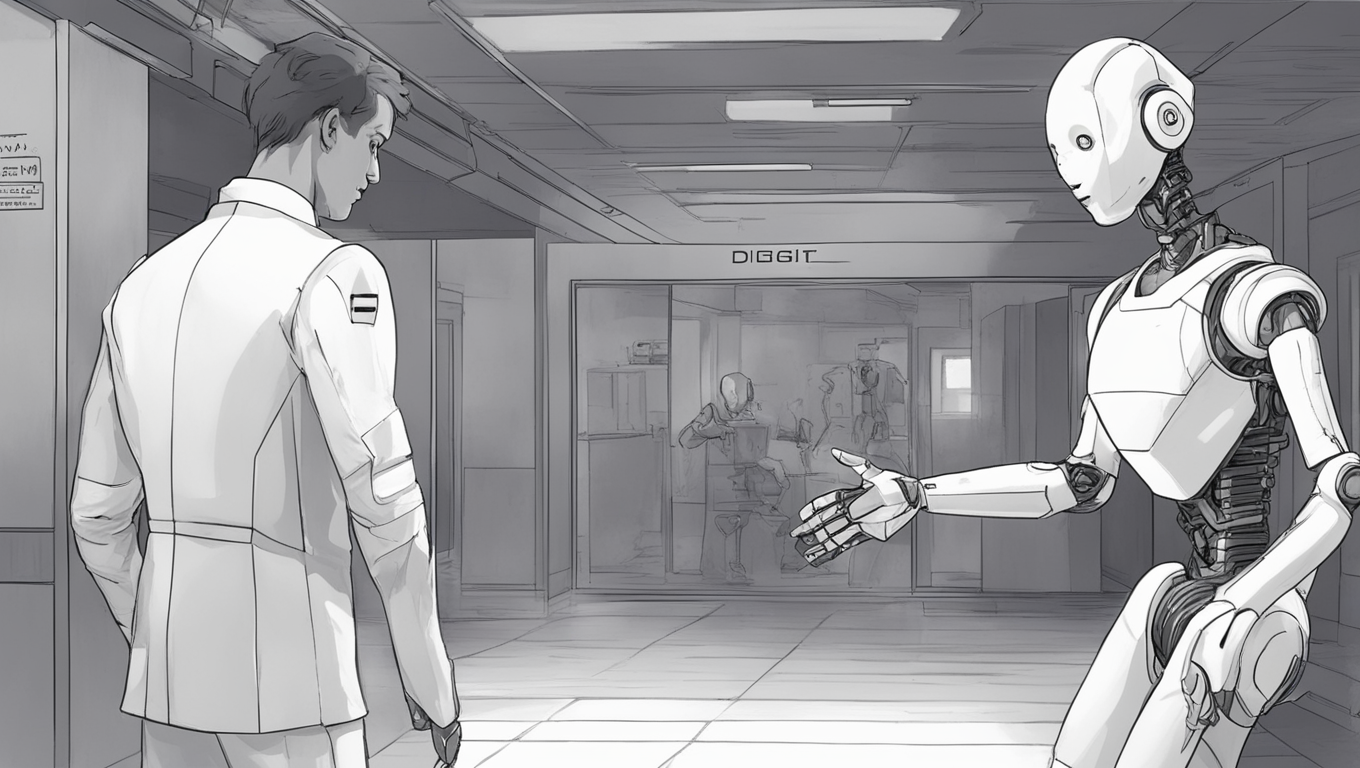In an era where technological advancements continue to reshape our daily lives, Agility Robotics envisions a future where humanoid robots are as commonplace as automobiles and smartphones. The company recently showcased its latest creation, “Digit,” to investors and the press, signaling what co-founder Jonathan Hurst calls an “inflection point in history.”
Hurst, an engineer with a lifelong passion for building anthropomorphic robots, believes that these machines will become an integral part of our lives, with the ability to perform a wide range of tasks. He envisions a future where we can simply communicate with these robots and ask them for help with any task we need assistance with.
Digit, in its current model, is capable of loading and unloading bins, stacking items, and completing simple tasks. During a demonstration, the robot showcased its ability to operate autonomously and problem solve in real time, thanks to the integration of OpenAI’s ChatGPT 4.0 AI into its software. However, it also revealed the technology’s imperfections, with instances of commands needing to be repeated and tasks being completed out of order.
Safety is a crucial concern for Agility Robotics, leading to the implementation of regulations mandating that humans stay six feet away from Digit during its operation. Hurst emphasizes the importance of accumulating thousands of hours of operation to prove the safety case for these robots before they can seamlessly work alongside humans. He estimates that it could take several years before this level of integration becomes a reality.
While the concept of highly intelligent robots existing alongside humans may seem like science fiction, it is slowly becoming a reality. In fact, less than two weeks ago, Amazon announced its plans to begin testing Digit in one of its Seattle warehouses, which is notable considering that Amazon is an investor in Agility Robotics.
However, the idea of robot coworkers is not universally welcomed, particularly by workers concerned about job security. Hollywood writers recently ended a lengthy strike after negotiating limits on the use of artificial intelligence, fearing its impact on their jobs and salaries. Actors are also on strike due to concerns about AI-generated likenesses. Hurst, on the other hand, disagrees with the belief that Digit will immediately replace jobs, emphasizing the physical hardware aspect and the time it takes to scale up production.
Agility Robotics has ambitious plans for the future. Hurst expects that their new robot factory in Oregon will be capable of building 10,000 Digits per year at peak capacity by 2027. Melonee Wise, Agility’s Chief Technology Officer, sees Digit as more than just hardware, describing their company as a software company building a platform for a labor app store.
As we continue to embrace the possibilities of advanced robotics, Agility Robotics is paving the way for a future where humanoid robots seamlessly integrate into our daily lives, revolutionizing the way we work and interact with technology. Whether it’s loading and unloading items or assisting with complex tasks, Digit represents a significant step towards a future where robots are as ubiquitous as smartphones. In the words of Jonathan Hurst, “This is really an inflection point in history.”





Use the share button below if you liked it.